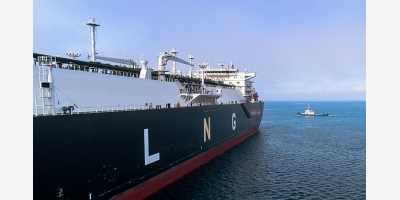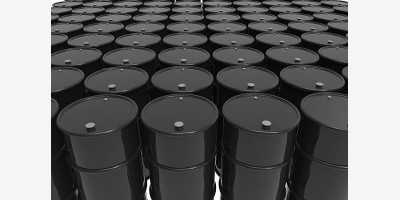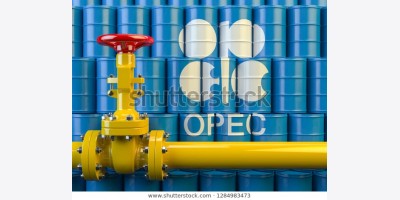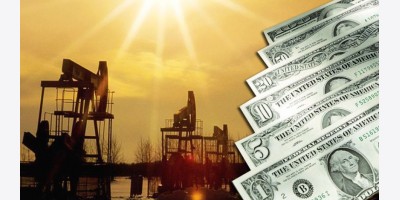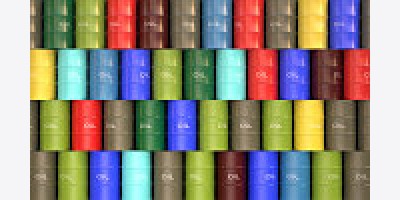Canadian oil producers may get a better price for crude in the overseas markets because of the glut of oil in the North American market. That in turn could reshape the U.S. price market for retail gasoline, AAA said Monday.
AAA spokesman Michael Green told Oilprice there's a bottleneck building up for Canadian crude because of the general increase in North American oil production.
"Canadian producers may find higher prices selling crude oil to places like China or Europe than to refineries in the central United States," he said.
The National Energy Board, Canada's independent regulator, announced in early March it approved a request from Enbridge to reverse the flow of oil through its Line 9 pipeline system. The project involves shifting the pipeline's direction to the east coast and increasing its volume from 240,000 barrels per day to 300,000 bpd.
Last week, Valero Energy Corp. said it would source crude oil from Line 9 to feed its refineries in Quebec, a move that would eventually end the provincial dependence on oil from Algeria and other regional suppliers.
Other projects, from TransCanada's Energy East pipeline to the Northern Gateway for Canada's West Coast could help fuel Canadian Prime Minister Stephen Harper's efforts to bring oil to foreign markets.
Currently, nearly all of Canada's oil heads to the United States.
AAA's Green said once all the Canadian pipeline additions enter into service, it could reshape the gasoline map for U.S. retail consumers. With lower imports of Canadian oil into the U.S. refinery market, the price of West Texas Intermediate, the U.S. benchmark, could increase, which would mean slightly higher gasoline prices for central U.S. consumers, where it's currently the cheapest.
"On the other hand, increased Canadian exports could help to lower the price of Brent and other international grades of crude oil," he said. "This could help lower costs for U.S. refineries along the East and West Coasts, which often rely on imported oil from overseas."
The U.S. East Coast and West Coast markets typically have gasoline prices higher than the national average. California had the highest state average for the Lower 48 with $3.97 for a gallon of regular unleaded. New York led the East Coast market with $3.76 per gallon. The national average for Monday, according to AAA, was $3.53, relatively unchanged from the previous week.
In general, Green said the increase in North American crude oil production has been a net benefit for consumers. The increase in gasoline supply sourced from domestic crude has shielded a North American economy that would otherwise be exposed to volatility in overseas markets. Two years ago, he said, the national spring average peaked at $3.94, but with the production booming, it shouldn't pass the $3.65 mark this season.
By Daniel J. Graeber of Oilprice.com














